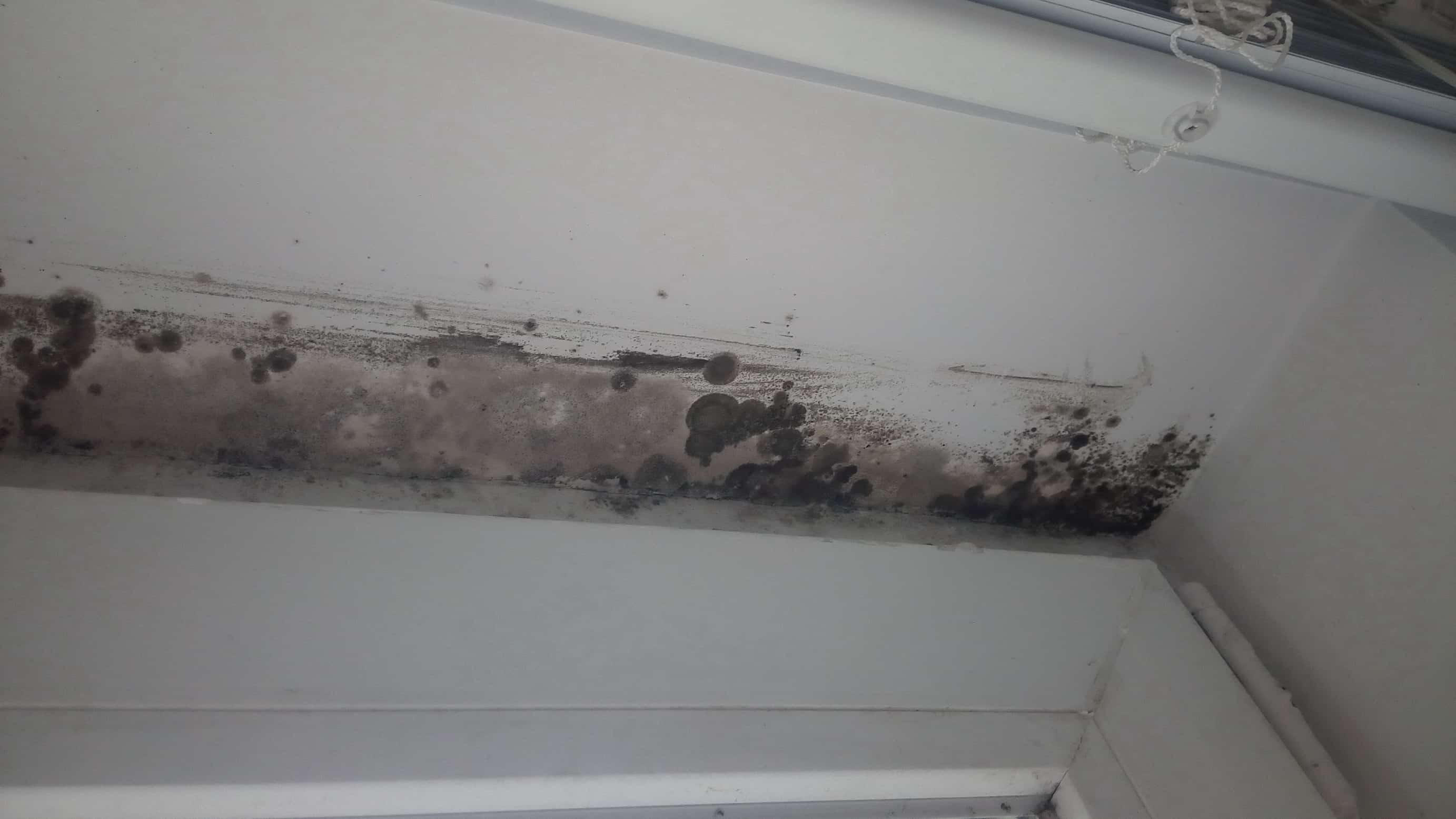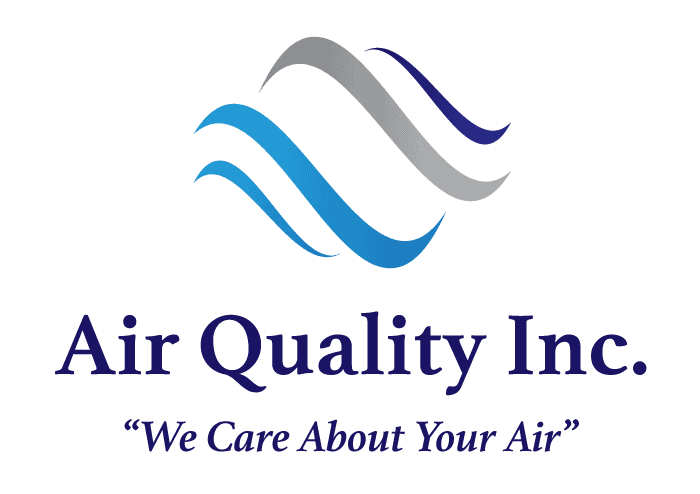Get this: The average human takes 30,000 breaths a day. Breaths are inhaled and exhaled, and we rarely give a single thought to what kind of air we are filling our lungs with. Shouldn’t we though?
Ideally, we eat 3 meals and drink 8 glasses of water every day. Normally, we pay attention to what we eat and where our water comes from. Nobody in their right mind drinks out of a sewer or eats moldy food, right?
Why?
It is unhealthy. Everyone knows that. Shockingly though, not everyone realizes that the type of air we breathe is just as important to our health and longevity as the food we eat and the water we drink.
Indoor Air Pollution Stats
The Environmental Protection Agency (EPA) estimates that 30% of all buildings (offices, hospitals, schools, homes, etc.) – that’s a staggering 3 out of 10 – have indoor air quality problems. In fact, polluted indoor air is a bigger problem than contaminated outside air because we spend about 90% of our lives indoors!
The EPA reveals “In the last several years, a growing body of scientific evidence has indicated that the air within homes and other buildings can be more seriously polluted than the outdoor air in even the largest and most industrialized cities.”
The Air You Breathe Matters
Humans need air to survive. It is a simple fact of life. But does the type of air we breathe really have that big of an impact on our health?
For a time, any air may seem to suffice. You may not directly notice the effect that poor indoor air quality is having on your health. Still, long-term exposure to some indoor air pollutants can be problematic and even deadly.

Here are just a few of the negative health effects and symptoms caused by common indoor air quality contaminants that often go undetected until long after symptoms have already begun.
Health effects caused by radon exposure:
- Lung cancer – Radon is second only to smoking when it comes to leading causes of lung cancer. “Scientists estimate 20,000 lung cancer deaths in the U.S. each year are related to radon,” reports the National Safety Council.
- Frequent infection – Prolonged radon exposure may make victims vulnerable to infections such as pneumonia and bronchitis.

- Coughing and wheezing – Persistent coughing and even coughing blood are known symptoms of radon exposure, as well as shortness of breath, hoarseness in the throat, and chest pain.
Radon can affect any house, old or new. It is invisible and has no scent.
Health effects caused by mold exposure:
- Flu-like symptoms – Stuffy or runny nose, coughing, sore throat, and frequent chest colds can all be signs of mold exposure.
- Headaches – Persistent, unexplained headaches can be a tell-tale symptom of exposure to mold.
- Allergic reactions – Itchy skin or eyes, sinus inflammation, and other allergic symptoms can be related to mold.
- Nosebleeds – Some mold victims have reported nosebleeds.
More severe symptoms may include memory loss, anxiety, light sensitivity, and possibly even heart problems. Infants and people with mold allergies or asthma are especially at risk.

Health effects caused by exposure to volatile organic compounds:
- Cancer – Some VOCs have been proven to cause cancer in animals and humans, and many others are suspected to.
- Organ damage – A number of VOCs can harm the kidneys, liver and nervous system.
- Respiratory irritation – The nose and throat as well as the eyes can be irritated by VOC exposure.
- Headaches and nausea – Many people exposed to VOCs have reported headaches and nausea.
Volatile organic compounds (VOCs) include aerosol sprays, wood preservers, fuels, paint strippers, pesticides, and more.
Health effects caused by indoor allergens:
- Asthma attacks – When a high concentration of allergens are present, people with asthma have more attacks.
- Pet allergies – According to the American Academy of Allergy, Asthma & Immunology “there are no ‘hypoallergenic’ breeds of dogs or cats. That is because people are not allergic to an animal’s hair, but to an allergen found in the saliva, dander (dead skin flakes) or urine of an animal with fur.”
- Respiratory illness – Sneezing, itchy eyes and throat, coughing, stuffy nose, and more can be caused by indoor allergens.

Sadly, this list of potential symptoms when exposed to an array of indoor air contaminants is by no means exhaustive. Many other indoor air quality threats as well as symptoms exist, and most of the sources of indoor air pollution go unnoticed.
The question is:
How do you know if you and your loved ones are at risk?
How to Know if the Air in Your Home is Polluted
The only way to find out if there is an indoor air quality problem is to test your air!
Perhaps your first inclination is to try your hand at ordering a DIY indoor air quality test on Amazon or to Google something like ‘cheapest indoor air quality testing company near me’.
Before you do, consider this:
Notoriously inaccurate DIY indoor air quality tests have a reputation for wasting people’s time and money. The same goes for mold test kits.
Beyond that though, is this important yet little-known fact of the indoor air quality testing industry:
Many indoor air quality test companies also offer remediation.
Say, for example, you suspect a mold problem in your home. You go online and you find someone who will come to your home ASAP and not only test for mold but also get rid of any mold he finds; a one-stop-shop, of sorts. Yes, at first glance, it sounds convenient, and probably seems the most cost effective, especially since he is likely to offer you a package deal on his services.
The problem is that offering both mold testing and mold remediation is a complete conflict of interest.
It’s true, there may be many honest mold testing pros in the business that have the integrity to test for mold, give unbiased results, and also have the know-how to remediate your mold.
Still, the temptation to give someone a false positive on their mold test in a scheme to make more money by getting hired for mold remediation is there.
Mold remediation insurance standard protocol actually mandates that an independent air quality tester like Air Quality Consultants does the pre & post inspections.
Bottom line:
The best way to protect yourself from getting ripped off and ensure you get high-quality, reliable indoor air quality test results is to hire a true air testing expert that does not offer remediation services.

When it is time to get an air quality test:
- BEFORE purchasing a new home or building
- When you notice persistent cold or fever-like symptoms and/or headaches
- When you see visible signs of mold or smell foul odors
- Your asthma is frequently triggered in your office, home, or school
- Any time you suspect your indoor air is polluted or contaminated (radon, mold, volatile organic compounds, etc.)
Hire a Pro to Test Your Indoor Air
Just as the food and water you consume matters, the air you breathe into your lungs truly matters. Here at Air Quality Consultants, we genuinely care about your air.

Dietrich Heyder
Owner Operator
Certified Mold Inspector, Certified Mold Assessor, Professional Environmental Inspector
Licensed, & Insured Air Quality Testing Professional. Dietrich Heyder founded AQC in 1992.

Jack Whitmore
District Supervisor
Certificated Residential Mold Inspector, Certified Commercial Mold Inspector
Air Quality Consultants District Supervisor. Jack Whitmore leads our Richmond, VA office.
Our indoor air quality test pricing may be more of an investment than a dinky DIY test kit or the budget air tester down the block, but we believe that some corners are not worth cutting, especially when your health is on the line.
That is why we have invested in some of the finest mold and allergen testing equipment in the industry. For example, our airborne particle counter can measure any and all particulates down to .003 microns (for perspective, a human hair is 80-100 microns in diameter).
This technology provides a precise particulate meter reading, which helps determine not what is in the air, but if there are any abnormal or highly concentrated levels of a substance that may be causing your symptoms.
Our top-of-the-line mold testing equipment draws 150 cubic liters of air through an adhesive spore trap designed to capture any and all indoor air mold contaminants. This kind of precision can simply not be achieved by a DIY test.
Indoor Air Quality Test Results & Remediation
After the testing process, your samples are on the move! We have teamed up with a highly qualified, super-efficient lab that provides reliably accurate air quality test results. We overnight the tests to the lab and expedite the process so you don’t have to wait around for weeks to find out what contaminants may be threatening your air. We can even provide 24 hour results!
Once we have the results, we won’t just deliver them to you; we will help you understand what they mean. If, indeed, you do have dangerous contaminants in the air in your home or office, we can point you in the right direction when it comes to strategizing on how to address the problem.
After nearly three decades in the indoor air quality testing industry, here at AQC, we know all of the remediation companies (the good, the bad, and the ugly). We can make trustworthy recommendations on how to safely eliminate pollutants in your air, and who to enlist for help.
Our goal is to help all Richmond and Virginia Beach residents achieve clean, healthy air in their homes, offices, schools, or wherever they may be.
You won’t need us every day, but the day you need indoor air quality testing, you’ll be glad you have our number! Don’t hesitate to get in touch and ask for an indoor air quality test estimate.
STOP GUESSING, START TESTING!




